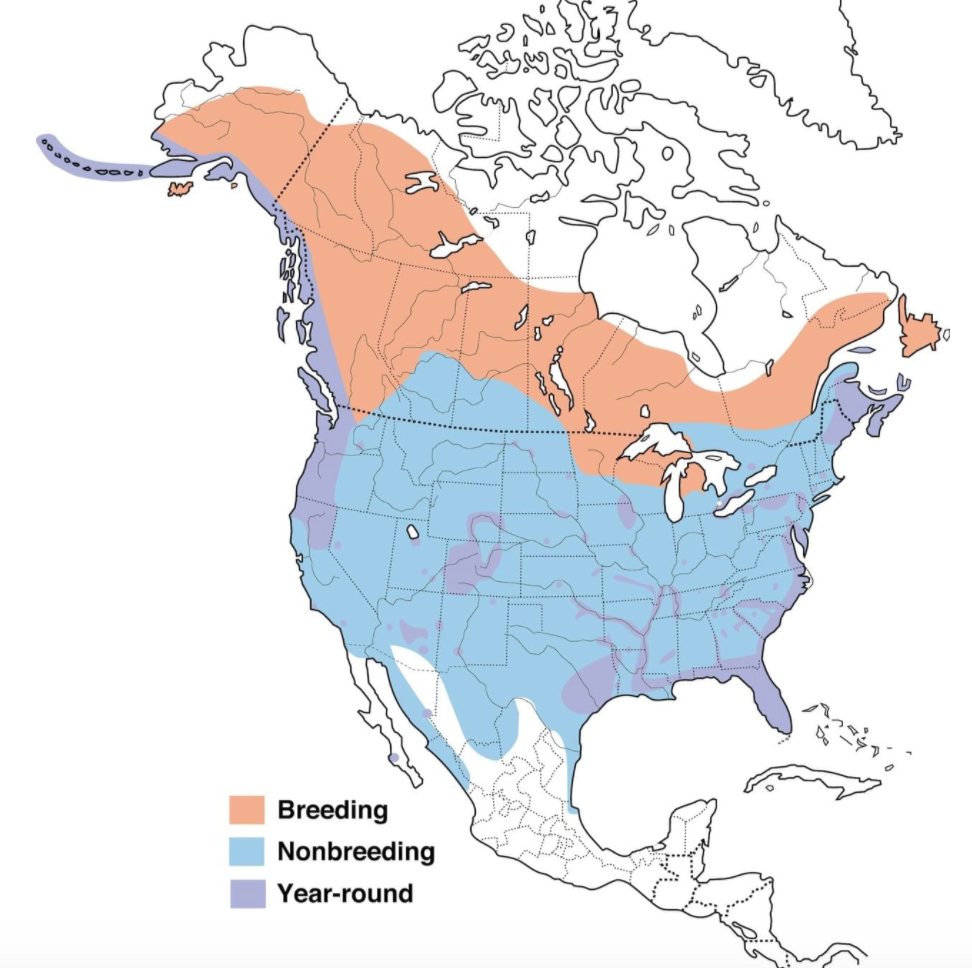By Nicole Stevens, Chesapeake Conservation Corp Intern
This past year, our national symbol was caught on film at ACLT! Thanks to trail camera footage captured by ACLT volunteer Ian Messent, bald eagles have been taking over one of the feeder streams into Parker’s Creek. These majestic birds have been seen standing on logs, bathing in the water, flying, and even inspecting our trail cameras with great interest. Trail cameras provide us with the unique opportunity to see into the natural lives of wild animals, totally unaltered by the presence of humans. With this footage, we can really see what our local eagles are up to!
Several Founding Fathers decided upon the bald eagle for the US in 1782 as a symbol of strength and freedom, and Native Americans regard them as sacred and continue to ascribe them spiritual importance today.
Bald eagle numbers were greatly diminished in the early- to mid- 1900s due to hunting and pesticide use that decreased their ability to reproduce. However, bald eagle numbers have been growing since the 1970s and they transitioned from being classified as an endangered species to a species of least concern in 1995, according to the U.S. Fish and Wildlife Service.
Bald eagles primarily eat fish that they either hunt themselves or scavenge from other birds, though they will opportunistically feed on birds, small mammals, and carrion. They generally reside near bodies of water where they construct huge stick nests in tall trees. The largest bald eagle nest on record was 9.5 feet across and over 20 feet tall!
At ACLT, bald eagles can be seen fairly frequently near Parker’s Creek, and Alyssa Matanin (the other CCC intern) and I recently saw quite a few flying there and landing in trees. Since bald eagles are common around larger bodies of water, their presence at Parker’s Creek is unsurprising as it is their ideal habitat and many birds migrate from northern regions to winter in areas like these. However, their presence shown by the trail cam footage was slightly more unexpected, as they are further from a large body of water and in a more densely forested area. It is very exciting to see the bald eagles using this space and to have the opportunity to capture their natural behaviors on film.
Follow us on Facebook for more adventures from the ACLT Trail Cam!
Sources:
- https://www.allaboutbirds.org/guide/Bald_Eagle/id
- https://www.allaboutbirds.org/guide/Bald_Eagle/overview
- https://www.audubon.org/field-guide/bird/bald-eagle
- https://www.nationalgeographic.com/animals/birds/b/bald-eagle/
- https://www.allaboutbirds.org/guide/Bald_Eagle/maps-range
- https://ccbbirds.org/what-we-do/research/species-of-concern/virginia-eagles/migratory-populations/#:~:text=Bald%20eagles%20from%20northeastern%20Canada,1990
